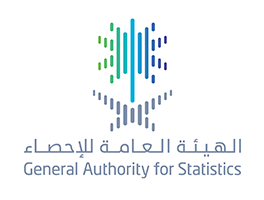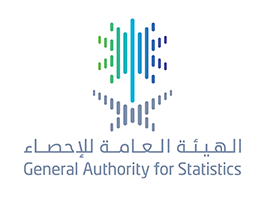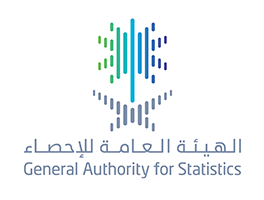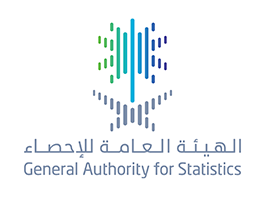Official government website of the Government of the Kingdom of Saudi Arabia
Links to official Saudi websites end withgov.sa
All links to official websites of government agencies in the Kingdom ofSaudi Arabia end with .gov.sa
Government websites use theHTTPSprotocol for encryption and security.
Secure websites in the Kingdom of Saudi Arabia use the HTTPS protocolfor encryption.

GASTAT: General Real Estate Price Index for Q2 of 2022 Increases by 0.7%
01-08-2022

Non-Oil Merchandise Exports in Saudi Arabia Increase by 26.7% in May 2022
25-07-2022

29.7% Practice Moderate Physical Activity in KSA in 2021
25-07-2022

Saudi Arabia's Merchandise Exports Increase During April 2022 by (98.0%)
23-06-2022

GASTAT: General Real Estate Price Index for Q2 of 2022 Increases by 0.7%
01-08-2022

Non-Oil Merchandise Exports in Saudi Arabia Increase by 26.7% in May 2022
25-07-2022

29.7% Practice Moderate Physical Activity in KSA in 2021
25-07-2022

Saudi Arabia's Merchandise Exports Increase During April 2022 by (98.0%)
23-06-2022